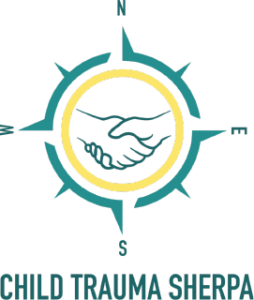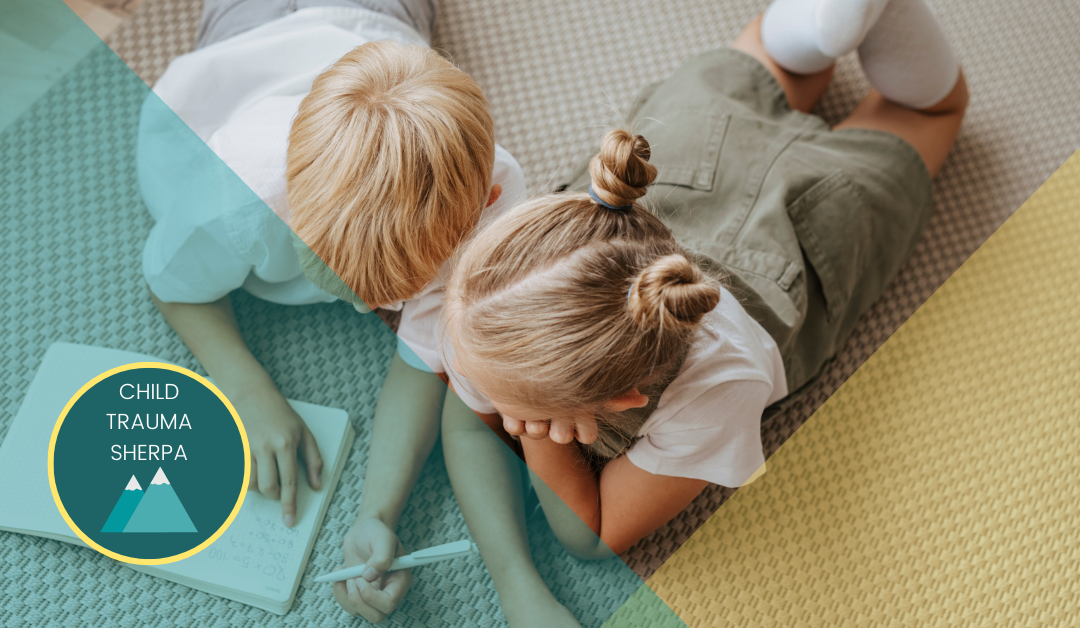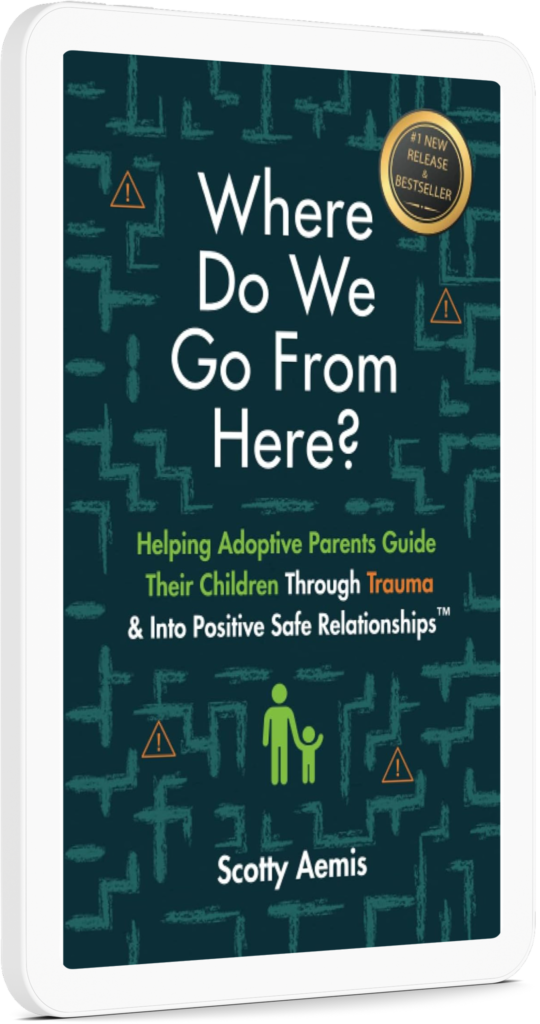While There are Negative Side Effects, There is Still Hope in Healing!
When left untreated, childhood trauma can have some lasting negative effects well into adulthood. We have touched on those negative effects of unresolved trauma in several previous articles, ranging from relationship struggles to physical health effects.
Today, we are going to break those effects down by the numbers by taking a look at the 5 most alarming statistics about childhood trauma.
What are ACEs?
We’ll be referring to ACEs often here, so what exactly is an ACE? It stands for adverse childhood experiences. These experiences, or types of trauma, include abuse, violence, neglect, having parents with risky behavior, untreated mental illness, and even natural disasters. The more ACEs one experiences, the higher their trauma score is and the more complex a person’s trauma is. You can learn your ACE score by taking the ACE Quiz.
Childhood Trauma is a Real Brain Injury!
It is also important to note that childhood trauma is a real brain injury. When we constantly experience trauma, we are always in a heightened state of “fight or flight.” This constant state of fear can do real, physical damage to our brains. In essence, constant trauma or fear of trauma rewires our brain, causing different ways of thinking and reasoning as well as unwanted behaviors or a proclivity for participating in risky behaviors.
1 | In the United States, 98% of the prison population has at least one ACE compared to 64% of the general population.
One of the effects of childhood trauma is that the traumatized person often participates in risky behavior as a coping method. This can be using drugs, drinking alcohol, being sexually promiscuous, and more. This type of behavior is generally typical of teens with unresolved or untreated childhood trauma. What this particular statistic suggests is that there is a real link between the risky behaviors of untreated childhood trauma in adults and incarceration. This doesn’t mean that all adults with untreated trauma do something that lands them in jail, but that those who are incarcerated, are more likely to have experienced trauma as a child.
2 | The three most common ACE prevalences of people in the U.S. are: Substance Abuse (68%), Emotional Abuse (56%), and Separated Parents (49%).
Substance abuse of a parent accounts for one of the top ACE experiences for both men and women in the general population and the incarcerated population. Parents who are on drugs or drink excessive amounts of alcohol may be unable to care for their children in other ways, such as providing a nurturing environment. They may also neglect their child or even become incarcerated, which are additional forms of ACEs.
While only 35% of men and 34% of women in the general population experienced emotional abuse as a child, 63% of incarcerated men and 59% of incarcerated women suffered emotional abuse as a child.
Having separated or divorced parents is a common occurrence for many children. It may not be thought of as a form of trauma, but children often witness spousal violence, arguing, and neglect from one or both parents during this chaotic period. Here, 28% of the general population has had parents living apart while 70% of the incarcerated population has experienced this particular ACE.
3 | A whopping 60% of children and adolescents have been exposed to crime, violence, and abuse either directly or indirectly.
Adverse childhood experiences can happen in the home and in the broader community. Robbery, vandalism, murder, shootings, gang violence, and abuse in the home can all result in experiencing a traumatic event.
4 | Without intervention, people who have experienced 1 or 2 ACEs are 3 times more likely to have serious job problems.
At the heart of all adverse childhood experiences is broken trust. When we are unable to resolve that trauma and learn to trust people and have a healthy relationship with them, it can lead to relationship issues in our personal lives and our work lives. People with untreated childhood trauma can experience problems connecting with coworkers and superiors and have issues trusting others in the office. Further, other symptoms of unresolved trauma, such as physical and mental health issues, can lead to higher rates of absenteeism. People with untreated childhood trauma may have issues holding a job long term or landing a high-paying job. This can lead to serious financial problems as an adult.
5 | Without healing, people who have experienced 4 or more ACEs are 7.5 times more likely to experience violence victimization in adulthood and 15 times more likely to attempt suicide.
Untreated childhood trauma can be a vicious cycle. This is because a person with unresolved trauma has not learned what a healthy relationship is, or it may be because they harbor guilt or believe they deserve abusive treatment. Those with unhealed ACEs can be victimized over and over again because of these beliefs, causing additional trauma. This depressing cycle of violence, guilt, and shame can also make a person with untreated trauma much more likely to attempt to take their own life.
Hope in Healing
It is never too late to begin your journey toward healing from childhood trauma! Our brains are amazing and it is possible to rewire your brain through proven healing methods. The first step is to reach out for help from a licensed and certified therapist trained to work with those who have suffered from childhood trauma and provide trauma-informed care.
Each person’s situation and trauma is unique, so no two journeys toward healing are the same. It is important to find what works for you and to give yourself patience, grace, and time for healing to occur.
Footnotes
1. General population statistic from cdc.gov, prison population statistic from Compassion Prison Project
2. Averages of both incarcerated and general population, men and women; taken from: Messina and Burdon 2020, BRFSS data 2011-2014 and ncbi.nim.nih.gov
3. Statistic taken from recognizedtrauma.org
4 & 5. Statistics taken from Hughes, Bellis, Hardcastle, Sethi, et al 2017, Anda 2008, Whitefield 2005 and recognizingtrauma.org


